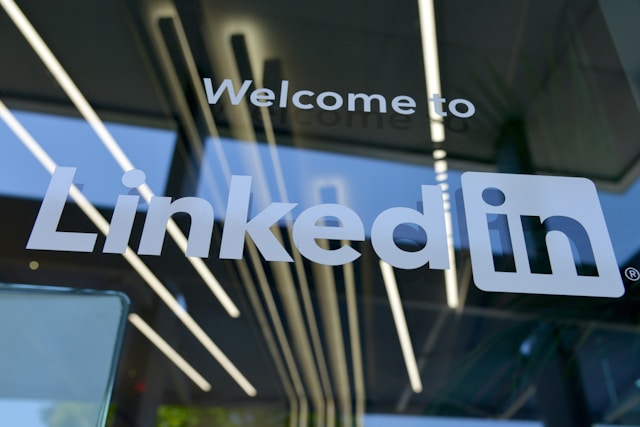On March 7, 1876, Alexander Graham Bell called his assistant over what was to become the world’s first telephone. The first words spoken were “Watson, come here I need you”. That simple call changed the world as we knew it, and it continued to evolve ever since. Fast forward to April 3, 1973, when Martin Cooper of Motorola made the world’s first cellphone call to a friend of his at Bell Labs, which was a rival competitor at the time. Once again, the world as we knew it changed forever.
Today, cell phones have become indispensable smartphones, with almost every adult in the U.S. having one. It’s a far cry from the original Motorola phone, in terms of size and function. In fact, today’s smartphone has more computing power than the lunar module that landed on the moon in July of 1969. Think about all you can do – from texting to getting GPS directions, to receiving and sending emails, to using thousands of apps to make your life easier. Of course, all of that computing power has attracted cybercriminals who have found a way to hack your phone and impersonate you. It’s called SIM swapping, and it’s a dangerous practice that you need to be aware of.
Why Removing Your Personal Number is Important
It’s extremely important to delete your number from the Internet because your personal phone number can give a cyber thief too much information about you and your family. That includes your address, your family’s names and addresses, your credit history, mortgage information, your net worth and so much more. They use this to gain even more personal information, all leading to learning your Social Security number, and ultimately – identity theft. Or, they’ll take the information they have about you, merge it with fictitious information they create, and come up with synthetic identity theft – which is a growing problem these days.
How is this possible? Cybercriminals get your personal information from people-search sites, like Pipl, US Search and Whitepages. They use whatever information they find to do a deeper dive, and that’s when the problem can get serious. Once they convince a cellular carrier to switch your SIM to their phone, cybercrooks can spoof their Caller ID to contact friends, relatives and colleagues, who actually think it’s you that’s calling.
Another way they get your personal phone number is from data breaches, which has become an enormous problem in the U.S. When a data breach is involved, they not only get your phone number, they also get a lot of personal and often financial information about you, including credit card numbers.
In addition, your phone apps and social media sites have your phone number listed. Social media hacks are a popular way to get a person’s phone number, and even without a hack, people willingly post their phone number on social media sites. Be aware that cybercrooks are always stalking these sites, so be careful where you post your number.
Removing Your Phone Number
Getting your phone number off the Internet can be a lot of work, but it’s worth the effort involved. Start by removing your number from Google. Remember, Google only publishes what it collects online, mostly from people-search sites. So, you’ll want to remove your number from all of those sites, and there are more than 100 of them. Each one has its own way of deleting information and opting out, so prepare to spend a lot of time on each one. If you decide to hire someone to do this for you, know that it can get expensive due to the time and work involved.
You’ll also want to remove your personal phone number from every website that you control, even if it’s work-related. People can still contact you via email, but having your number for everyone to see is not a good idea. If there are websites that have your number that you don’t have control over, write to the website’s owner and ask to have your number removed. This could be anything from a site where you’ve posted articles, to a former employer’s website that still has a listing of you.
Next up are social media sites, from Facebook to Instagram to LinkedIn and all the others. You’ll want to check your profile to make sure your personal number isn’t listed, and if it is, delete it. Review your posts as well, just to ensure that you don’t have your personal number embedded in one of your online posts.
Approximately 10% of the U.S. population becomes a victim of a robocall scam at one point or another, so you’ll want to prevent as many robocalls as possible. To do this, place yourself on the national Do Not Call Registry. It might not eliminate every single robocall, but it will help to eliminate the bulk of them.
Whenever people download an app, they have to agree to the terms and conditions put forth by the company that developed the app. Unfortunately, most people don’t bother to read the legal “mumbo-jumbo” that’s often 10 pages long, so they simply click on “agree”. Be sure you understand exactly what you’re agreeing to. And once downloaded, go to the app’s privacy settings and make sure to lock in the tightest privacy setting available – to make sure your number isn’t listed or accessible to those who search for it.
Here’s a simple way to prevent others from getting hold of your phone number: don’t give it out! Keep it private by not disclosing it to strangers or posting it anywhere where others are able to see it.






